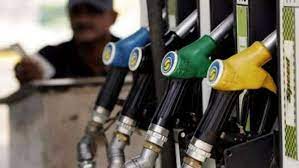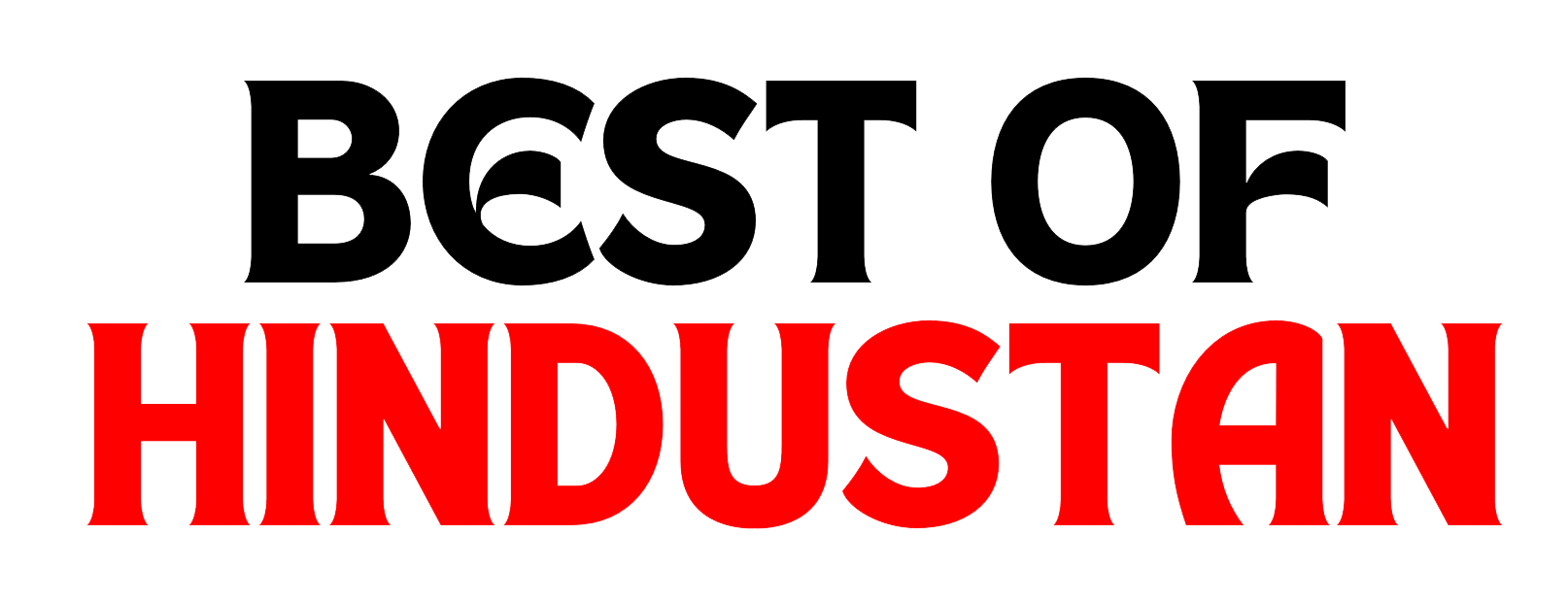
State-run oil companies in India are contemplating a reduction in petrol and diesel prices next month, following a significant surge in their combined net profits, expected to surpass a record ₹75,000 crore. The move is seen as a response to softened crude oil acquisition costs and could alleviate inflation concerns, making it a notable development ahead of the 2024 General Elections.
Since April 2022, public sector fuel retailers have maintained stable prices, and a comprehensive pricing review is now anticipated. Analysts suggest that oil marketing companies (OMCs) may be holding margins of ₹10 per litre, which could potentially be passed on to consumers. This strategic decision could not only benefit consumers but also prove to be politically significant in the lead-up to the elections.
The government, as the promoter and majority stakeholder in all three OMCs, holds a pivotal role. The combined net profit of these firms in the first half of the financial year 2023-24 has already witnessed a remarkable 4,917% jump, reaching ₹57,091.87 crore. The OMCs include Hindustan Petroleum Corporation Ltd (HPCL), Indian Oil Corporation (IOC), and Bharat Petroleum Corporation Ltd (BPCL).
The move to potentially lower fuel prices comes amid a legal battle between Apple and Masimo, where Apple is redesigning some of its Apple Watch models to avoid a potential ban in the United States. This echoes the complex dynamics between technology and regulatory challenges.
Fuel pricing in India is influenced by factors such as crude oil prices, international market trends, and government policies. The freeze on petrol and diesel rates in April 2022 was in response to volatility in international oil prices. Subsequent reductions in excise duty by the central government aimed to shield consumers from rising crude purchase prices.
The upcoming third-quarter results of OMCs are expected to play a crucial role in determining the decision to revise fuel prices. If implemented, this reduction would provide relief to consumers and contribute to managing inflation, aligning with the government’s efforts to keep retail inflation below the Reserve Bank of India’s upper tolerance limit of 6%.
As the OMCs prepare to release their results, industry observers will closely watch for any announcements regarding changes in petrol and diesel prices. The potential price cuts could be further fueled by the gradual decline in windfall taxes on diesel exports and the reduction in taxes on domestically produced crude oil, reflecting the softening of international oil prices.
While the move awaits confirmation from the OMCs and government authorities, it underscores the intricate balance between economic factors, political considerations, and consumer well-being in the energy market.
Sources By Agencies


